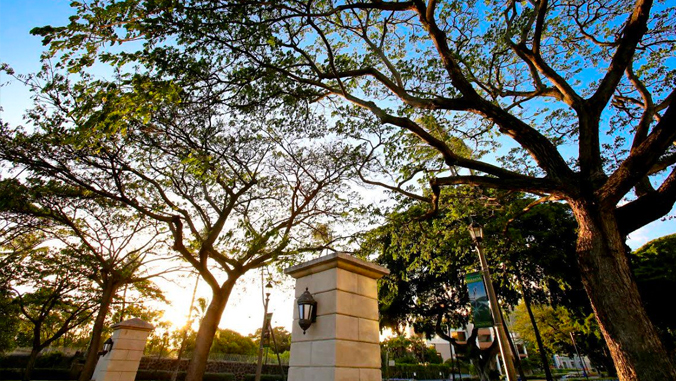
The University of Hawaiʻi at Mānoa will hold a lecture series titled Sciences and the Sacred: Conversations on Maunakea throughout the 2019–2020 academic year. The series is a collaboration between multiple UH Mānoa units—the Office of the Provost, the Biocultural Initiative of the Pacific and the Sea Grant Center of Excellence in Integrated Knowledge Systems out of the School of Ocean and Earth Science and Technology.
The lectures will be held in the evenings in the UH Mānoa Art Auditorium and will be open to the UH community and the general public.
Each lecture will pair a Native Hawaiian practitioner with a UH faculty member on the following topics on the following the dates:
- Tuesday, October 29: Geological and hydrological phenomena of Maunakea
- Thursday, November 21: Meteorological phenomena and island weather systems relevant to Maunakea
- January, 2020: Biodiversity and climate/ecological zones on Maunakea
- February, 2020: Human interactions on Maunakea pre-1778
- March, 2020: Impact of Maunakea on our understanding about the nature of the universe
“Mindful of our university’s mottos of Mālamalama (enlightenment) and Maluna aʻe o na lahui a pau ke ola ke kanaka (above all nations is humanity), I have engaged with faculty, staff and students in understanding the depth of the issues surrounding Maunakea across multiple viewpoints,” said UH Mānoa Provost Michael Bruno in a message to the campus announcing the lecture series “The critiques and criticisms offered are fair, and they should motivate continuous reflection and action moving forward. This process has reminded me that as members of the academy, we have a profound responsibility to educate ourselves about Maunakea, and to do so with open minds and with civility and aloha.”
The series will not directly address the Thirty Meter Telescope and its related controversies though organizers say it is intended to, “inspire and inform subsequent discussions of the contemporary issues surrounding Maunakea.”
Each lecture will be recorded for viewing at a later date and will be available as an educational resource.

